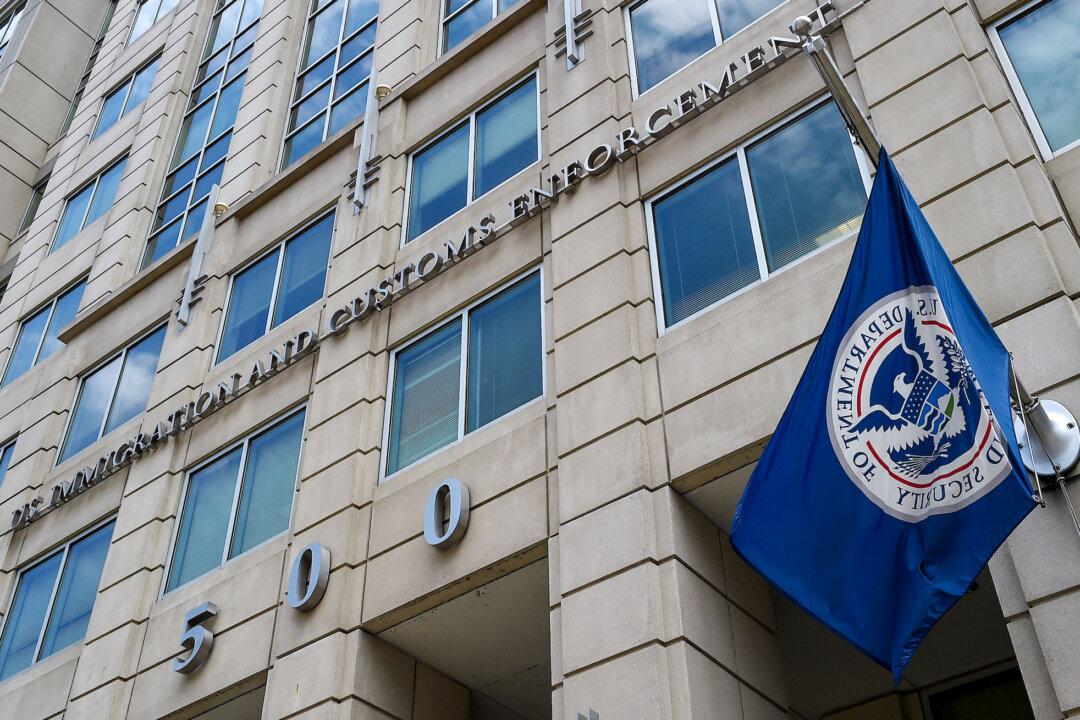The Epoch Times refers to the novel coronavirus, which originated from Wuhan, China and causes the disease COVID-19, as the CCP virus because the Chinese Communist Party’s (CCP) coverup and mismanagement of the outbreak fueled its spread throughout China and across the world.
Pence said that he and his wife Karen would take the test later in the day because a member of his staff earlier tested positive for the virus.
The Vice President, who heads the White House COVID-19 task force, told reporters that the staff member was last at the White House on Monday but didn’t come into direct contact with him or President Donald Trump. Pence added that the affected individual had “mild cold symptoms,” but “he’s doing well.”
Pence said that while there was a priority to give tests to people with symptoms, he would take one due to his strategic role as chief of the task force.
He said over 195,000 Americans who had symptoms suggestive of COVID-19 have now been tested, with 19,343 of them having been diagnosed with the virus.
“Testing is expanding rapidly across the United States of America,” Pence said, adding, “State-run drive-throughs are expanding across the country.”
Testing Priority
Pence urged members of the public not to rush to get tests done unless they’re symptomatic in order to minimize the use of personal protective equipment, which has been in short supply.“If you don’t have symptoms, don’t do a test,” Pence said.
Brett Giroir, the four-star admiral in the U.S. Public Health Service Commissioned Corps who serves as the Assistant Secretary for Health under the Trump administration, said at the briefing that testing should be prioritized for front-line staff dealing with the outbreak, as well as for those with symptoms, particularly if they fall into certain categories.
“Clearly, everyone across the country should understand that those hospitalized or in an ICU are a priority for testing. Symptomatic health care workers—for obvious reasons we want to make sure that their health is preserved and that they are not going to spread to those that may be seriously ill,” Giroir said.
Along with, “patients in public health investigations, and there are local priorities around the country, particularly health care workers,” he said.
Symptomatic people in long-term care facilities, who are over 65, or who have underlying conditions like heart and liver disease, were all at priority for testing, Giroir added.
Giroir presented a chart of COVID-19 tests completed through March 20, noting that the data was limited to CDC state public health labs and those affiliated with the American Clinical Laboratory Association, but does not include the over 15,000 of hospital-based labs, “many of which are doing testing,” he said. Data from the hospital-based labs would be available this week, he added.
“As you see, this curve will continue to rise dramatically over the next period of time,” he said.

Dr. Anthony Fauci, director of the National Institute of Allergy and Infectious Diseases, said that the measures taken so far were impactful, but not yet measurable with precision.
“I can tell you for sure, from a public health point and from other outbreaks, we know we are clearly having an effect, but we can’t quantitate it for you accurately now because looking forward you’ll know what the impact of the rate of the steep inclines will be,” Fauci said, adding that this information would be presented in due course of the daily White House briefings.
“There will be areas, and you’ve heard them clearly, Washington State, California, New York City, in which the dynamics of the outbreak are clearly different and much more robust,” Fauci added.
He said the key objective of the mitigation efforts was to flatten the curve of new infections in order not to overwhelm health care resources and make the fight against the disease more manageable.





